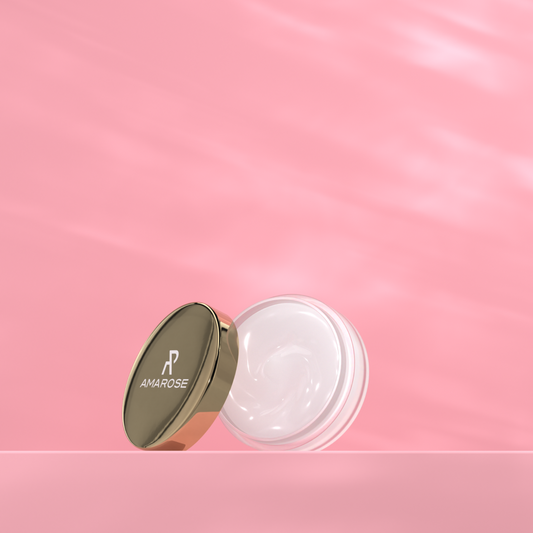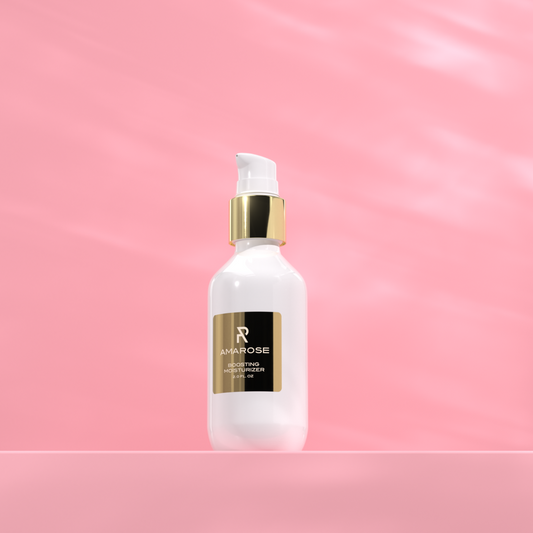

12 Vitamin E-Rich Foods with Anti-Aging Effect
Vitamin E is a powerful antioxidant that protects against premature aging, brain damage, or oxidation of cholesterol in the arteries.
Also known as tocopherol, this vitamin stands out mainly for its antioxidant action, protecting cells from oxidative damage caused by free radicals, making it a great ally against premature aging.
As we said, vitamin E prevents the oxidation of cholesterol in the arteries, thus helping to prevent the formation of atheroma plaque and acting as a preventive of cardiovascular disease.
Its antioxidant action can also reduce brain damage caused by free radicals, which is related to diseases such as Alzheimer's disease.
Free radicals are also associated with an increased risk of cancer and other diseases against which vitamin E acts as a shield. This vitamin is also key to the proper functioning of the nervous system. It stimulates the immune system, and its presence is necessary for the functioning of the retina and fertility.
Foods rich in healthy fats such as vegetable oils, nuts, or avocado are the main source of vitamin E, but eggs and leafy green vegetables also provide this essential compound for our health.
Daily Dose of Vitamin E
It is recommended to take 15 mg of vitamin E per day. Although there are plenty of vitamin E supplements available on the market, you can easily reach this amount if you introduce foods rich in this vitamin to your regular menu.
Sunflower Oil
Sunflower oil is, without a doubt, one of the star ingredients as far as vitamin E is concerned. It provides 49 mg per 100 g. Or, in other words, 8.4 mg per tablespoon.
You can use it raw and in recipes where you do not want the oil's flavor to take over the dish (for example, in baked goods).
Its seeds are also a good vitamin E source, of course. Around 100 grams contain 37.8 mg of vitamin E. Add a handful (about 30 grams) to starters and salads, and you will automatically increase vitamin E intake to 11.34 mg.
Almonds
They are the vitamin E champions among nuts. By eating almonds, you will benefit from their 26.2 mg per 100 grams. They are also a good source of Omega-9, which helps improve cholesterol levels (helps increase good cholesterol or HDL).
A handful of almonds (30 g) provides half the vitamin E you need per day.
Hazelnuts and pine nuts are another good vitamin E option: the hazelnuts contain 21 mg/100g while pine nuts boast 13.7 mg/100 g.
Popcorn
You may be surprised that this snack appears on this list. But, as far as quality is concerned, there is a big difference between ready-made popcorn and popcorn you can make at home.
Cooking them is very simple: heat a little oil in a large frying pan and add the corn kernels. Cover the pan (the lid should have holes for the steam to pass through), and when the corn begins to pop, lower the heat a little until most of it is done. Add salt to your liking. The popcorn adds 0.46 mg of vitamin E per 100 g.
Avocado
Avocado is the fruit richest in fat but also the one that contains the most vitamin E. 100 grams (approximately half an avocado) provides 3.2 mg of this nutrient.
It is very versatile in the kitchen. Here are some ideas: you can use it as a spread on your sandwiches (with turkey and cheese, for example), as a substitute for butter to make cakes, or as an ingredient in carpaccio with tomato and smoked meats.
Cut it just before using it because it oxidizes quickly. You can also add a dash of lemon juice to prevent oxidation.
Octopus
The cephalopod family should also be taken into account as a good source of vitamin E. Squid, octopus, and cuttlefish provide approximately 2 mg of vitamin E per 100 grams.
Octopus, for example, contains 2.1 mg. It is also rich in minerals such as iodine, phosphorus, calcium, sodium, zinc, and magnesium.
If you want to avoid the chewiness, freeze the octopus before cooking it. Leave it for at least two days in the freezer for the fibers to break down during the process.
Asparagus
Asparagus' vitamin E content is similar to that of octopus: 2.5 mg/100 g.
In addition to vitamin E, asparagus contains vitamins C and B.
Asparagus is a potent diuretic thanks to its richness in potassium and other compounds such as asparagine, typical of this food.
Add asparagus to your diet if you suffer from fluid retention problems.
You can prepare them sautéed or add them to omelets or scrambled eggs.
Soybeans
Soybeans are the legume with the highest vitamin E content. Specifically, 100 g of cooked soybeans add 2.9 mg of vitamin E.
Chickpeas follow closely behind. They contain 2.8 mg of vitamin E per 100g. On the other hand, lentils and beans lack this vitamin.
You can take them both in hot stews and salads and cold dishes. Chickpeas, for example, combine very well with baked peppers, onion, and of course, hummus.
Salmon
Salmon is one of the most consumed oily fish. Loaded with flavors and easy to prepare, salmon is a vitamin powerhouse, providing 2 mg of vitamin E per 100 g.
It also contains vitamin D (essential for calcium synthesis), B vitamins (which help us to use nutrients properly), and A (essential for the good health of the mucous membranes).
Moreover, salmon is abundant in Omega-3 fatty acids, so its consumption is vital to the health of veins and arteries.
MangoJuicy, fleshy, refreshing, and contains vitamin E? The answer is mango. Mango is a fiber-rich fruit you can add to starters such as shrimp rice, tartar sauce with salmon and avocado, or salads.
But how much vitamin E does it provide? 100 grams of mango contain 1.8 mg of this nutrient.
If you combine it with strawberries in a fruit salad, you will have an extra supply of tocopherol. Strawberries add 0.2 mg per 100 g.
Spinach
Spinach is one of the leafy green vegetables richest in vitamin E, boasting 2 mg per 100 grams. Add spinach to your diet, especially if:
- You suffer from anemia. It's rich in iron and vitamin C (which promotes the absorption of this mineral), making it very suitable for the diet of those who suffer from anemia.
- You want to lose weight. Spinach is light food, containing only 31 kcal per 100 g). You can prepare it steamed or use its most tender sprouts and add them raw to your salads.
Chestnuts
Although its season is short, it is undoubtedly one of the star foods of autumn. Chestnuts are usually consumed roasted, although you can also incorporate them into your stew recipes or as a garnish in your meat dishes.
You can also incorporate them as an ingredient in muffins and cakes. Simply crush them well before adding them to the dough.
They contain 0.5 mg of vitamin E per 100 g. Take them as a mid-morning or mid-afternoon snack, and you will also benefit from the satiating effect of their slow-absorption carbohydrates.
EggsVitamin E is found only in the yolk. 100 g of yolk contains 3.6 mg of this nutrient. On the other hand, if you eat the whole egg, you get 1.2 mg per 100 g.
Chicken eggs contain the highest amount of vitamin E. For example, quail eggs provide only 0.74 mg per 100 g.
Adding boiled eggs to your salads will help your body absorb vitamin E from the vegetables faster. Do not forget that this nutrient is fat-soluble: it needs a certain amount of fat (such as that of egg yolks) to make the most of it.
Final Word
Vitamin E is essential for skin elasticity, health, and appearance. While you can always get vitamin E supplements at your local drug store, it's always better to obtain vitamins directly from food. Add our vitamin E-rich foods list to your recipes and enjoy healthy, radiant, and young skin.



